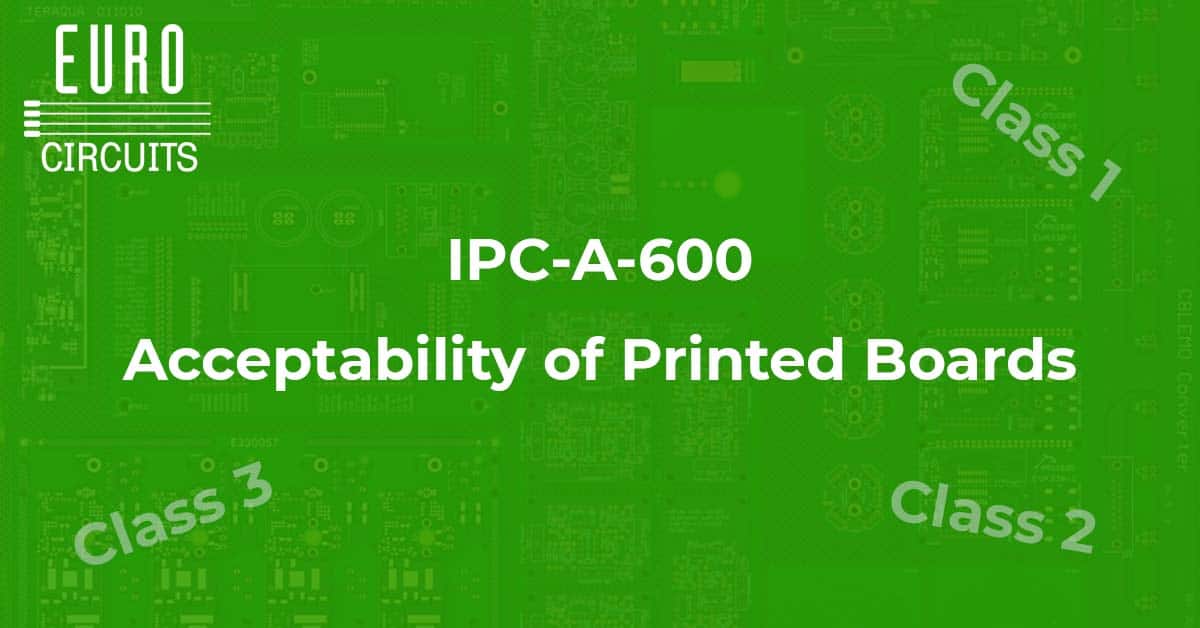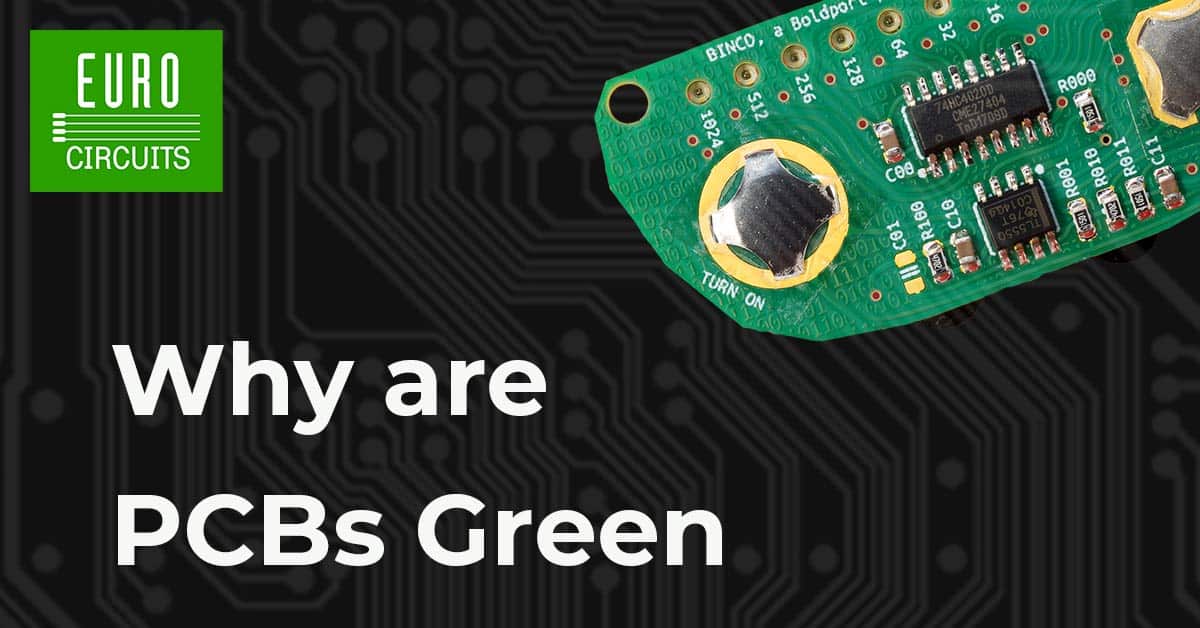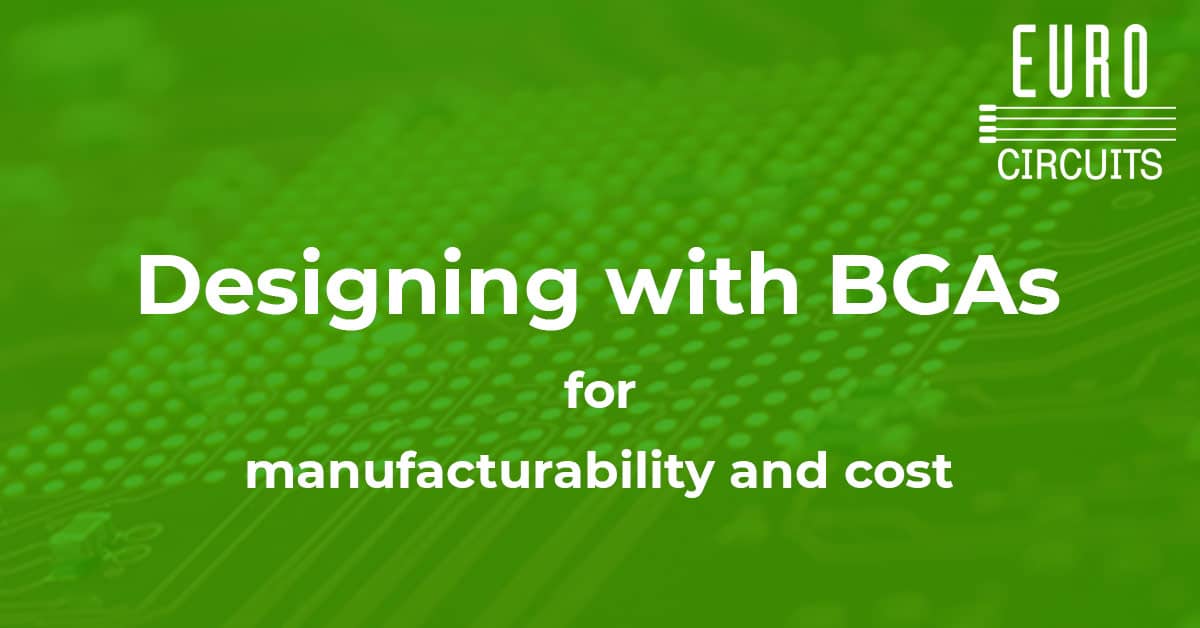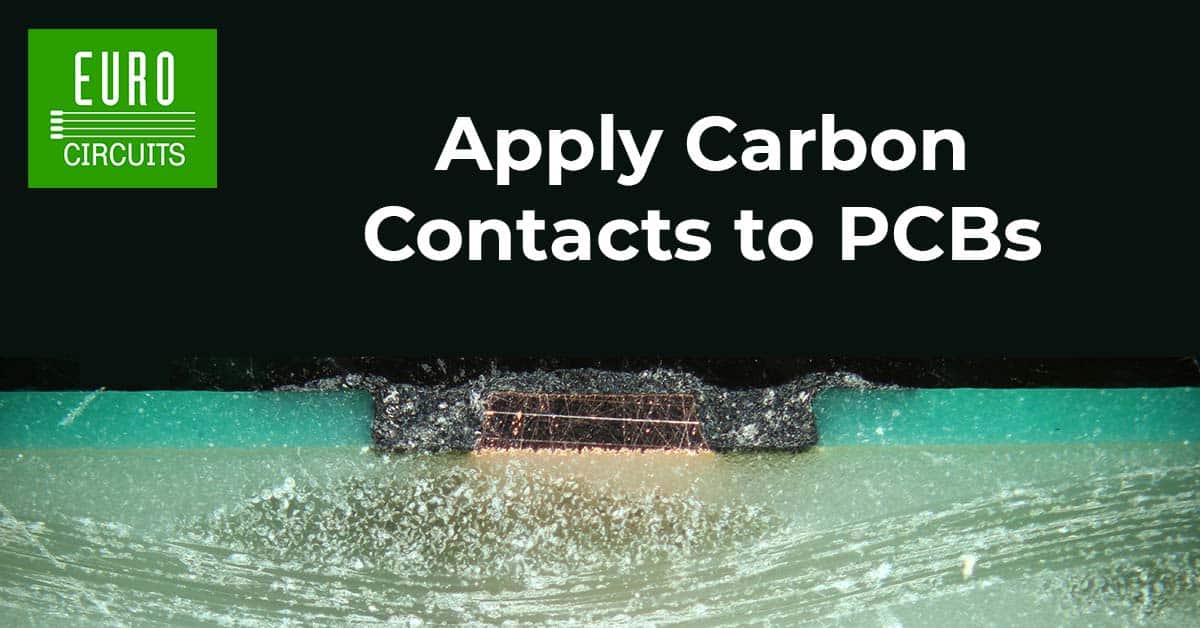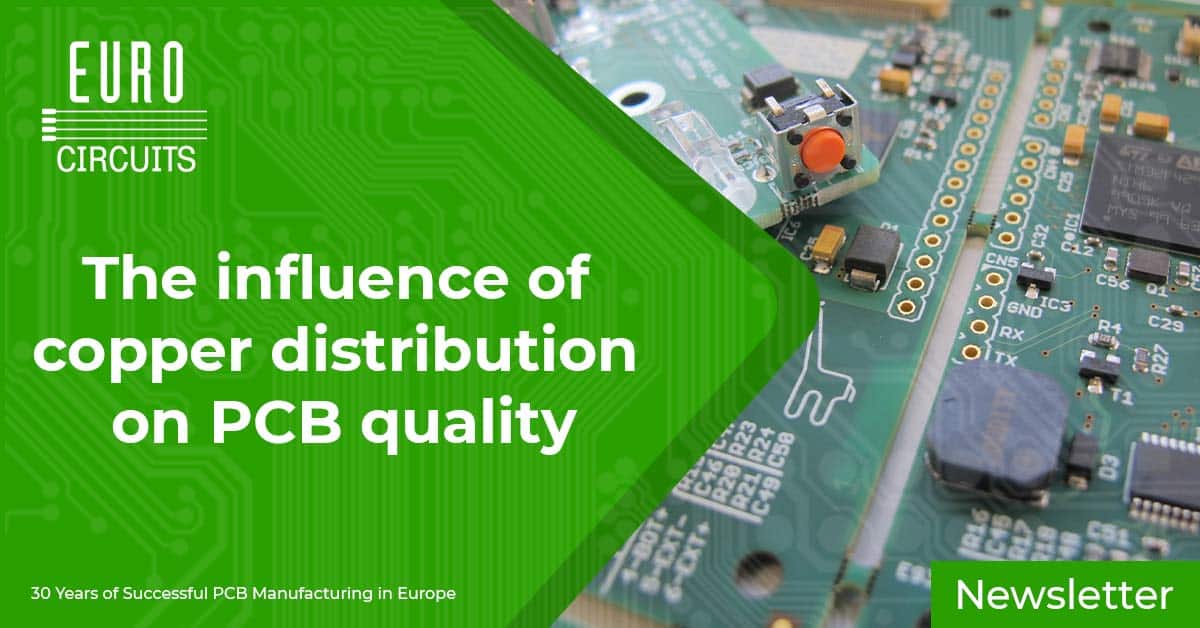
The Influence of Copper Distribution on PCB Quality
Tools and tips for good copper distribution Evenly distributed copper across layers, and choosing symmetrical buildups (stackups), are two important ways for avoiding PCB manufacturing quality issues, and problems during component assembly. We explain below why that is. Copper thickness and planarity (within tolerances) are two important PCB quality criteria. When copper is unevenly distributed […]

